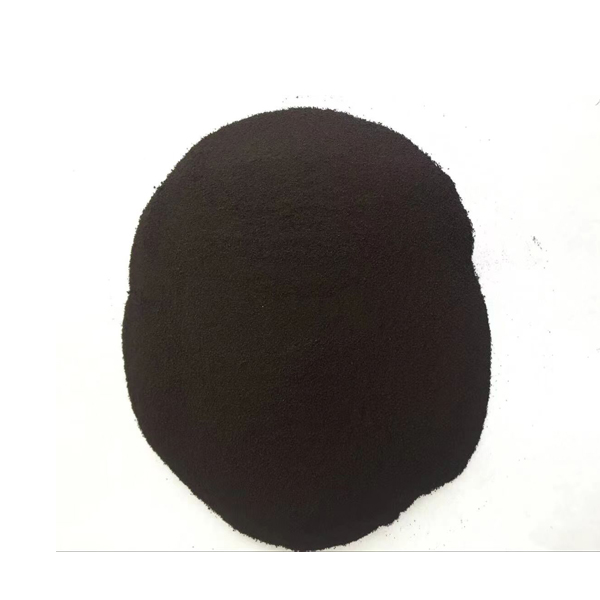
News
Jul . 20, 2024 11:43 Back to list
Exploring the Benefits and Applications of EDTA as an Effective Chelating Agent for Iron
Exploring the Role of EDTA as an Effective Chelating Agent for Iron
Ethylenediaminetetraacetic acid (EDTA) is a versatile chelating agent that finds diverse applications across various fields, particularly in agriculture, medicine, and environmental remediation. Among its numerous uses, one of the most notable is its affinity for binding metal ions, notably iron (Fe). This capability has paved the way for extensive research and practical applications utilizing EDTA as a chelating agent. This article explores the essential aspects and implications of using EDTA for iron chelation, including its benefits, mechanisms, and practical applications.
The Science Behind Chelation
Chelation is a chemical process involving the formation of a complex between a metal ion and a chelating agent, like EDTA. EDTA has multiple binding sites that can simultaneously attach to a single metal ion, creating a stable ring-like structure known as a chelate. This structure effectively sequesters the metal ion, preventing it from participating in unwanted chemical reactions or precipitating out of solution. For iron, which is essential for various biological processes but can also be toxic in excess, EDTA acts as a crucial regulator.
Benefits of EDTA for Iron Chelation
1. Enhanced Bioavailability In agriculture, EDTA is commonly employed to enhance the bioavailability of iron in soil, particularly in alkaline or calcareous soils where iron availability is often limited. By chelating iron, EDTA ensures that it remains soluble and accessible to plants, thereby improving growth and crop yields.
2. Toxicity Mitigation In medical applications, EDTA is used to treat heavy metal poisoning. It binds to toxic metals, including lead and mercury, facilitating their excretion from the body. Its application extends to iron overload conditions, such as hemochromatosis, where excess iron accumulates in the body, leading to severe health complications.
3. Environmental Remediation EDTA's chelating properties are also harnessed in environmental science to clean up contaminated sites. It can mobilize heavy metals, allowing for their removal from soil and sediment, thereby detoxifying polluted environments.
edta fe chelant quotes

Mechanisms of Action
The effectiveness of EDTA as an iron chelator hinges on its ability to form stable complexes in varying pH conditions. Iron exists in different oxidation states, with Fe(II) and Fe(III) being the most common in biological and environmental contexts. EDTA can chelate both forms of iron, although its binding affinity varies. This versatility makes EDTA a reliable option for maintaining iron solubility and availability under different conditions.
When EDTA binds to iron, it effectively shields it from interacting with other substances that could lead to undesirable reactions, such as precipitation or oxidation. This is crucial in processes such as fermentation in which iron's reactivity can interfere with microbial activity.
Practical Applications
In agriculture, EDTA combined with iron is often sold as a fertilizer or a micronutrient supplement. Agrochemical companies routinely formulate products that incorporate EDTA to optimize nutrient delivery in crops. Furthermore, in the medical field, EDTA treatment protocols are rigorous, ensuring that patients with metal toxicity receive safe and effective care.
In terms of environmental applications, researchers are exploring EDTA's potential in bioremediation processes that utilize microorganisms capable of degrading pollutants in tandem with chelation.
Conclusion
EDTA serves as a critical chelating agent for iron, highlighting its importance across agriculture, medicine, and environmental science. Its ability to enhance the bioavailability of iron, mitigate toxicity, and facilitate environmental remediation underscores its multifaceted utility. As science advances, further research will undoubtedly reveal new applications and more efficient methods for utilizing EDTA and its derivatives, ensuring a sustainable approach to managing iron and other metal ions in various ecosystems. The continued exploration of EDTA’s potential will not only benefit agricultural practices but also contribute to public health and environmental conservation efforts worldwide.
-
Polyaspartic Acid Salts in Agricultural Fertilizers: A Sustainable Solution
NewsJul.21,2025
-
OEM Chelating Agent Preservative Supplier & Manufacturer High-Quality Customized Solutions
NewsJul.08,2025
-
OEM Potassium Chelating Agent Manufacturer - Custom Potassium Oxalate & Citrate Solutions
NewsJul.08,2025
-
OEM Pentasodium DTPA Chelating Agent Supplier & Manufacturer High Purity & Cost-Effective Solutions
NewsJul.08,2025
-
High-Efficiency Chelated Trace Elements Fertilizer Bulk Supplier & Manufacturer Quotes
NewsJul.07,2025
-
High Quality K Formation for a Chelating Agent – Reliable Manufacturer & Supplier
NewsJul.07,2025
